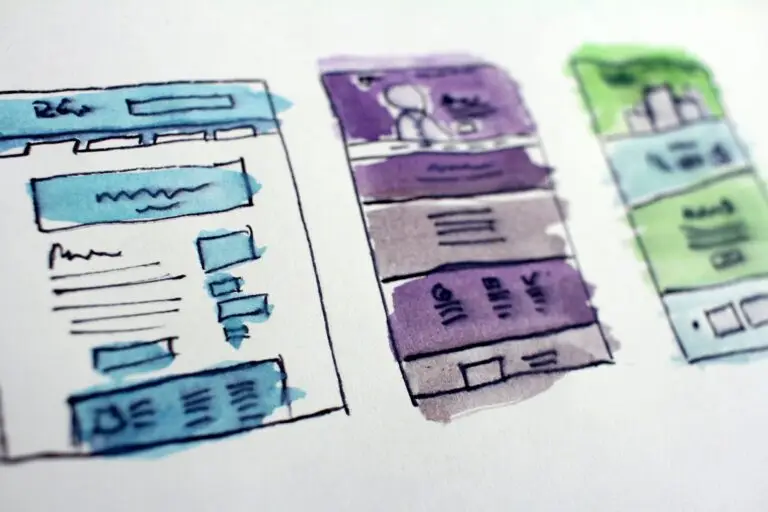In the ever-expanding digital landscape, the call for inclusivity resonates louder than ever. Web designers, armed with the responsibility to shape the online experiences of millions, are increasingly recognizing the paramount importance of accessibility. This deep dive into the world of inclusive design explores the significance of making websites accessible to all users, regardless of their abilities or disabilities. From the foundational principles to the practical implementation of inclusive design, this exploration seeks to underscore why accessibility matters in the realm of web development.
The Essence of Accessibility
At its core, accessibility in web design refers to creating digital experiences that can be easily accessed and navigated by individuals of all abilities. This includes users with visual, auditory, motor, or cognitive impairments. The aim is to break down barriers, ensuring that everyone, irrespective of their physical or cognitive capabilities, can perceive, understand, navigate, and interact with online content.
Beyond being a best practice, accessibility has legal implications. Many countries and regions have enacted laws that mandate websites to comply with accessibility standards. However, beyond legal requirements, designing with accessibility in mind is an ethical commitment to fostering an inclusive digital space where everyone has equal access to information and services.
The Foundations of Inclusive Design
Creating an accessible website begins with the use of semantic HTML. Properly structured HTML not only provides a solid foundation for search engine optimization but also ensures that assistive technologies can interpret and convey the content accurately to users with disabilities.
The inclusion of descriptive alternative text for images is a fundamental aspect of accessibility. Screen readers rely on these alternative texts to convey the content of images to users who may not be able to see them. Striking the right balance between conciseness and informativeness is key when crafting alternative texts.
Navigation plays a pivotal role in ensuring a positive user experience for all. Clear and consistent navigation, coupled with descriptive link text, benefits users with visual impairments or cognitive disabilities. Logical navigation structures also enhance the overall usability of the website.
Designing for Different Abilities
Considering color contrast is crucial for users with visual impairments, such as color blindness or low vision. Ensuring sufficient contrast between text and background elements enhances readability and comprehension for a diverse audience.
Multimedia content, including videos and podcasts, should be accompanied by captions or transcripts. This not only benefits users with hearing impairments but also provides a textual alternative for those who prefer or require it.
Designing with keyboard accessibility in mind is essential for users who rely on keyboard navigation. Websites should be navigable and interactive using only a keyboard, without dependence on a mouse or touch input.
Assistive Technologies and User Testing
Web designers should ensure that their websites are compatible with popular screen readers and support voice commands. Understanding how users with visual impairments or motor disabilities interact with assistive technologies is integral to creating a seamless experience.
User testing is a critical phase in ensuring accessibility. Engaging users with diverse abilities in the testing process provides valuable insights into how well a website caters to different needs. Feedback from real users with disabilities is invaluable in refining the design for inclusivity.
The Business Case for Accessibility
Beyond the ethical and legal considerations, there’s a compelling business case for accessibility. By designing inclusively, websites can reach a broader audience, tapping into the significant market share of individuals with disabilities. This not only boosts user engagement but also enhances the overall reputation and brand image.
Incorporating accessibility from the outset future-proofs design investments. As technologies evolve and user expectations shift, an accessible design foundation ensures that updates and adaptations can be implemented more seamlessly, minimizing the risk of obsolescence.
In conclusion, accessibility is not merely a checkbox to be ticked off; it’s a commitment to creating a digital environment that respects and accommodates the diverse needs of all users. Designing inclusively is not just about complying with standards; it’s about fostering a sense of belonging and ensuring that the digital space is accessible to everyone, regardless of their abilities.
As web designers, we hold the power to shape the inclusivity of the digital world. Let’s embrace this responsibility, recognizing that accessibility matters not only as a design principle but as a cornerstone of a more equitable and user-friendly online ecosystem. In the journey of crafting inclusive websites, every decision we make contributes to a more accessible and empathetic digital future.


